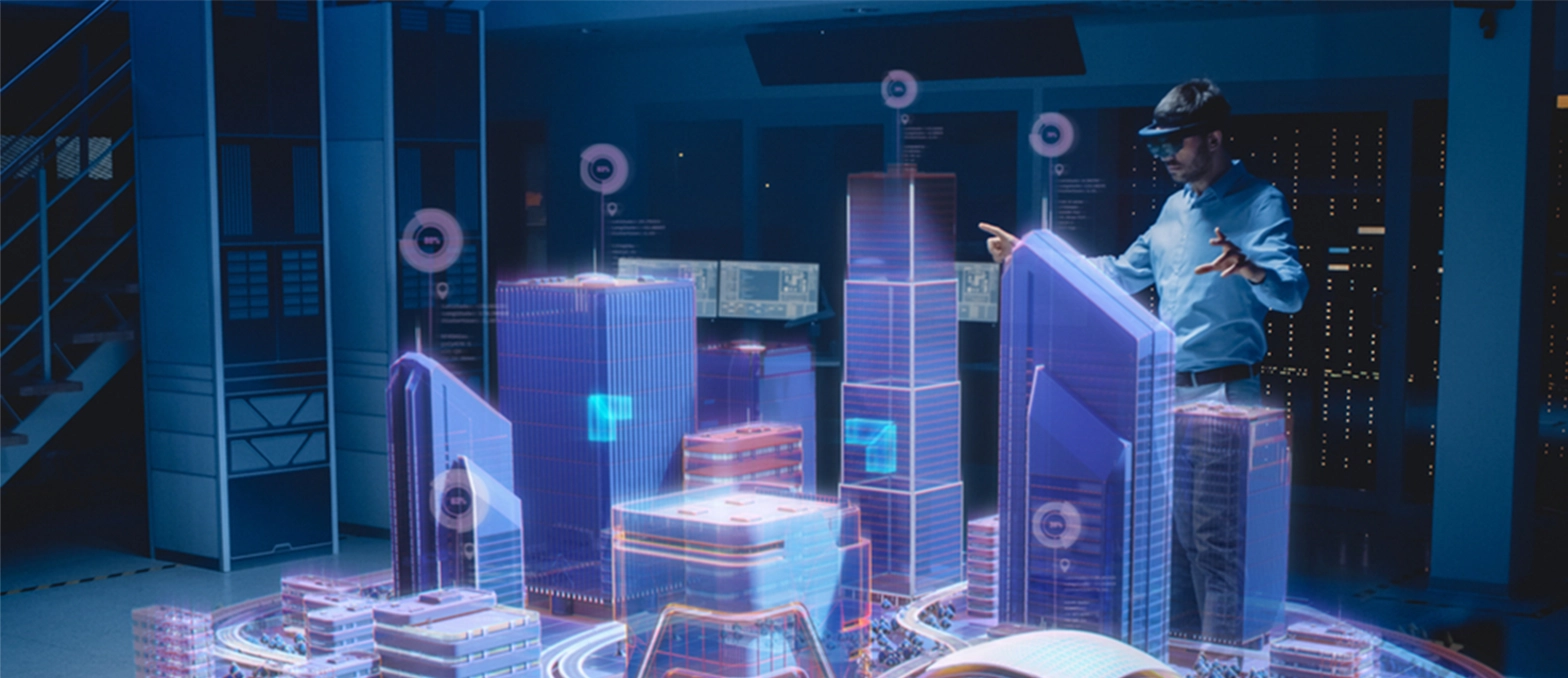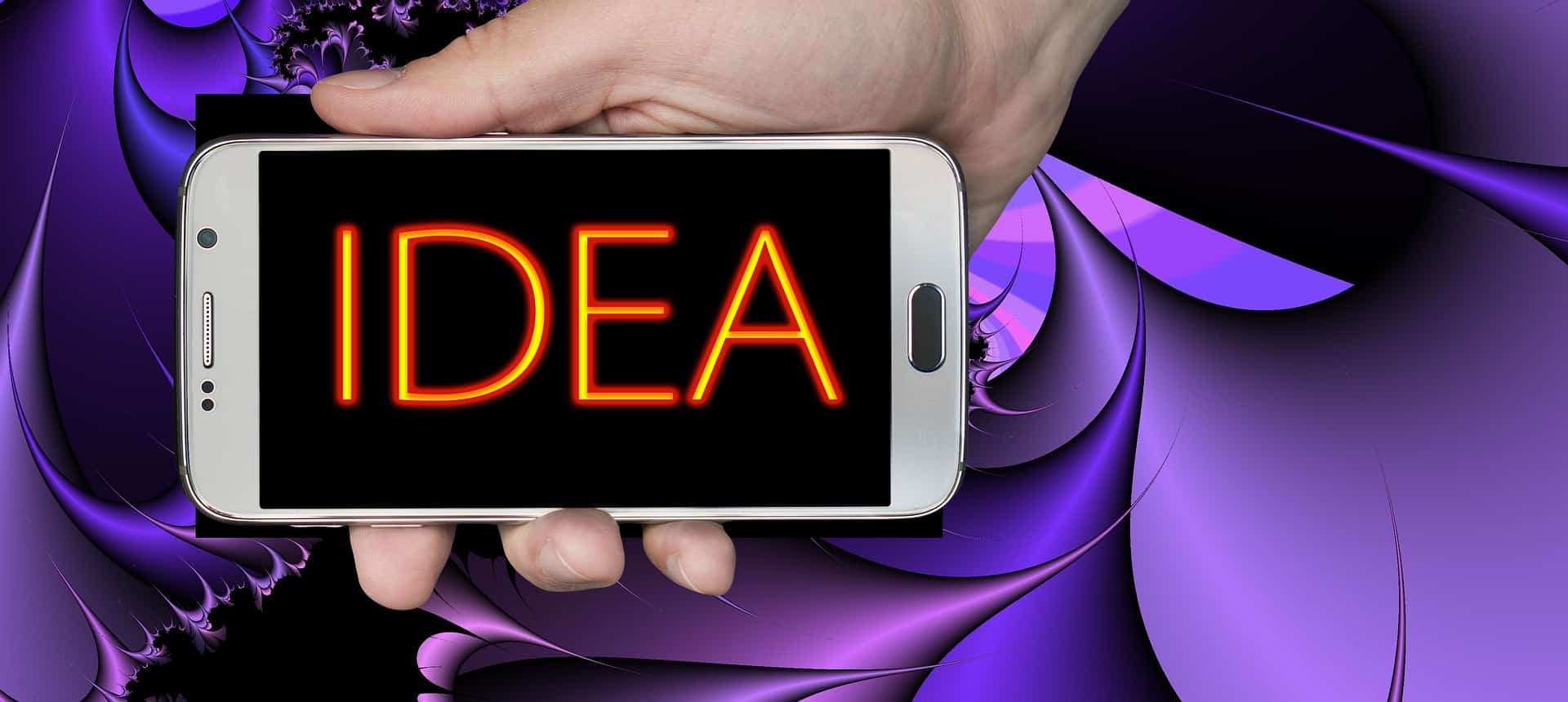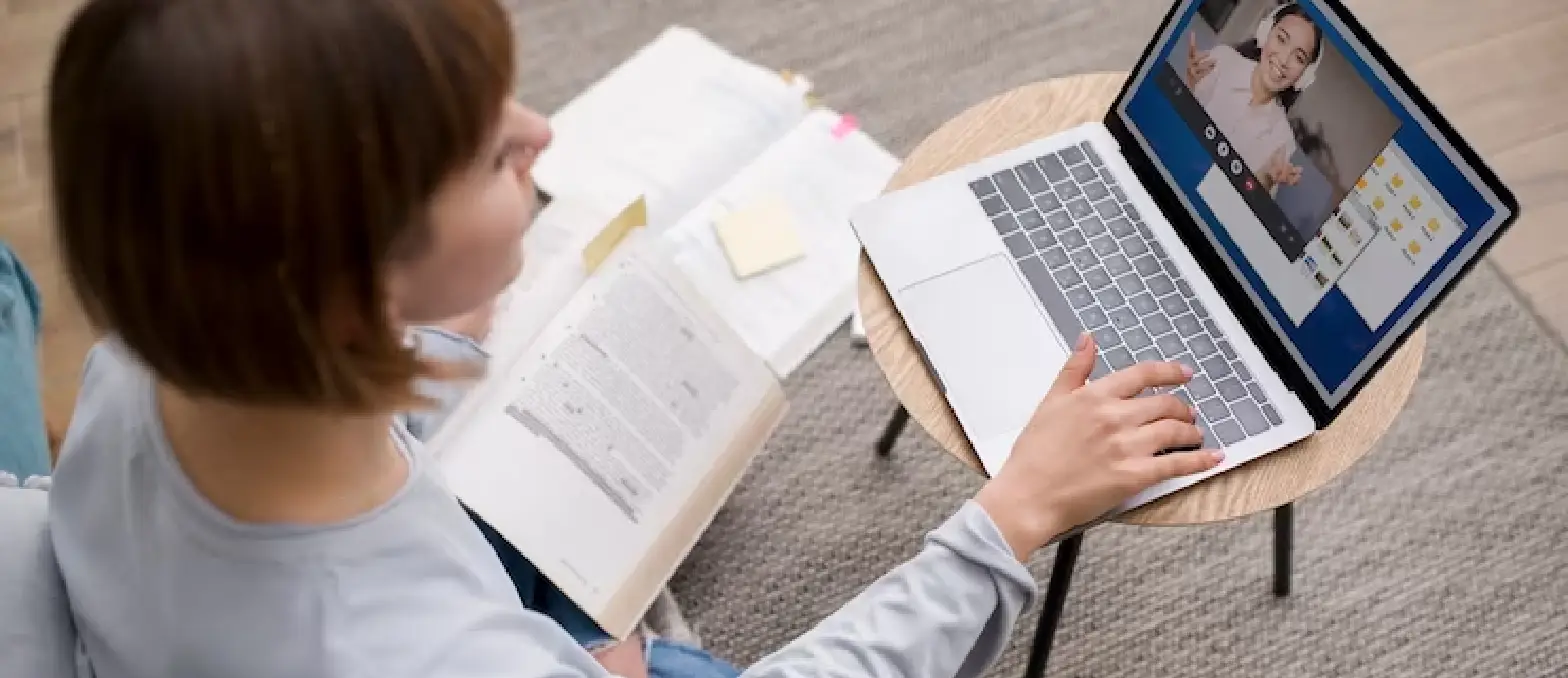6 Feb 2023
Feel like you could use a hand?
See what’s possible and give your teams the ability to create positive change.
Contact Now
Akhilesh Sharma
CEO
As the CEO and Founder of A3Logics, Akhilesh Sharma is a visionary leader with a proven track record of delivering technology-driven solutions. With decades of experience in innovation and business growth, he is committed to empowering industries with transformative strategies and insights.





